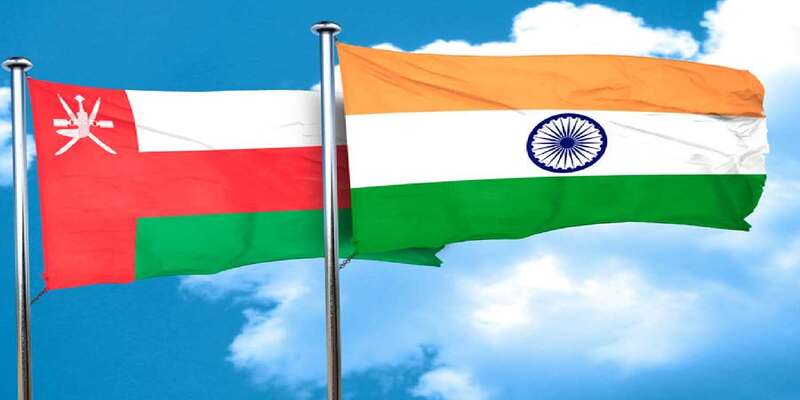Schedule a Call Back
India-Oman free trade agreement set to boost exports, fuelling economic growth
 Industry News
Industry News- Dec 15,23

Related Stories

Charting a ‘self-reliant path’ for India’s stainless steel industry
For India, achieving self-reliance in stainless steel is not just an industrial goal; it is a national imperative for building a resilient, competitive, and future-ready economy, writes Rajamani Kri..
Read more
US tariff: India working on export promotion mission for targeted sectors
The mission will roll out tailor-made schemes for the worst-hit sectors — textiles and chemicals — featuring export incentives, easier access to credit, and faster operational clearances, says K..
Read more
















